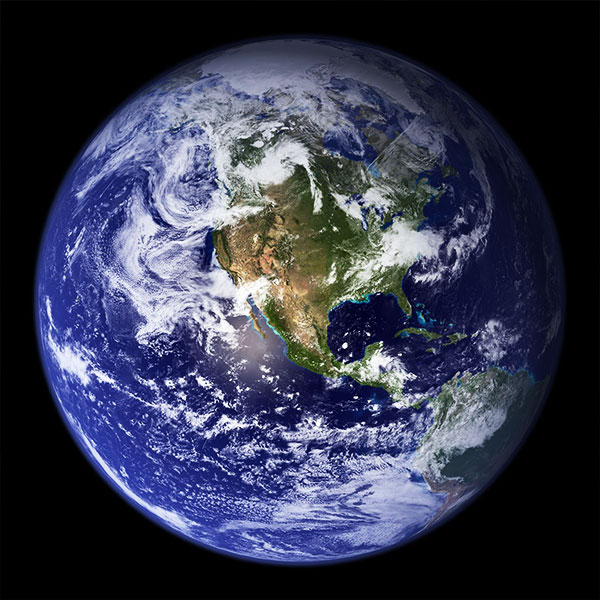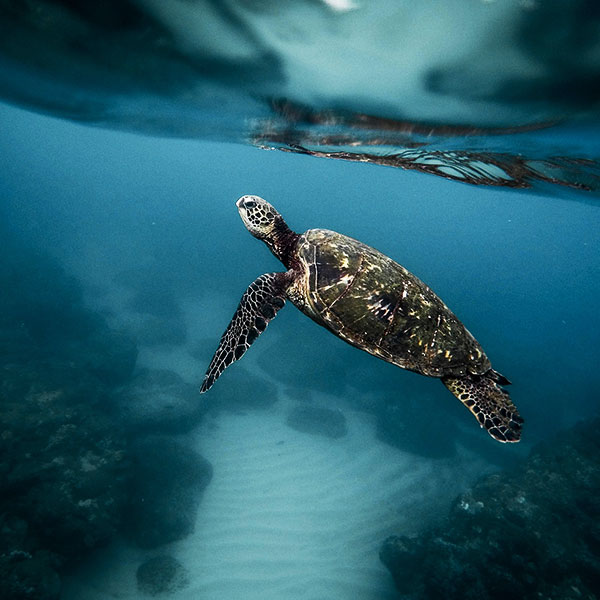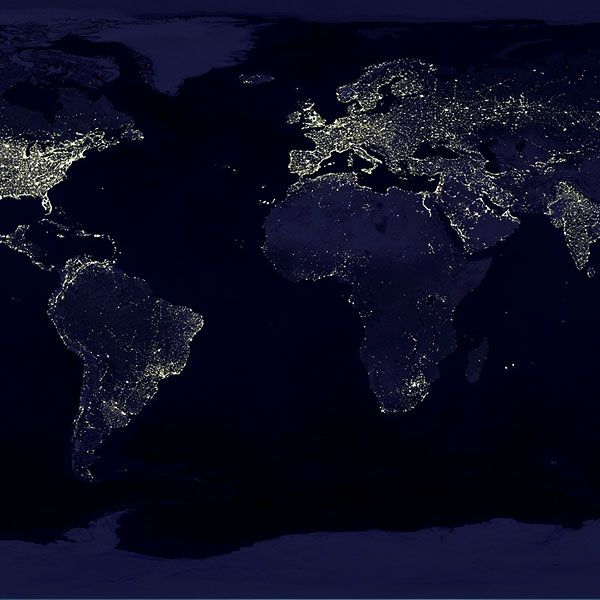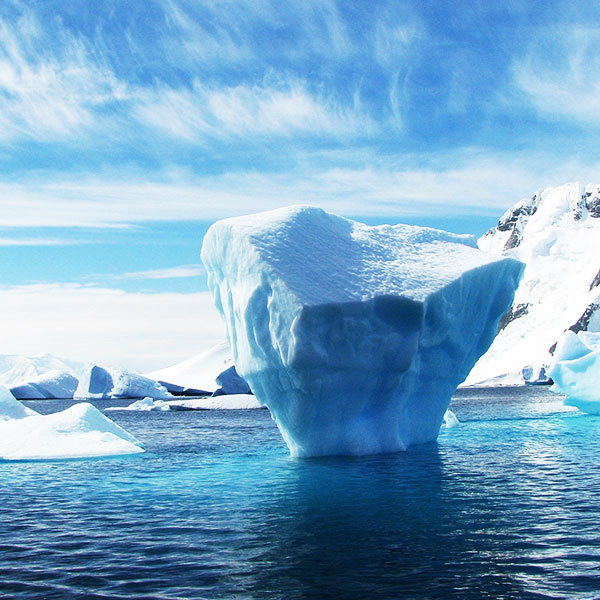Earth. The beautiful blue marble, hanging there in space, chilling. It wasn’t always so blue and shiny. Here we explore a brief summary of the eons. See our more detailed blog for further timeline events of the history of Earth’s eons.
The Evolution of Earth’s Geological Time Scale
Early Solar System
4.6 billion years ago or so, the planets of the solar system began to form. The sun contains 99.9% of all the matter in the solar system, it was formed from a solar nebula. As the clouds of matter shrunk from this nebula, gravity spun the matter to form a flat disc shape. The sun took most of the matter to the centre, the lighter gas materials were driven away from the centre to form the gas giants and the rocky material stayed close to the centre to eventually form the inner planets. Asteroids and comets were formed from any material not brought together by gravity into any of the planets.
Early Earth – Hadean Eon – 4.6 billion to 4 billion years ago
Named after the Greek god Hades, god of the underworld, the Hadean eon was the first in Earth’s history. Early earth was formed through the process of accretion, a chaotic and violent process of collisions of matter. Immense heat and pressure builds as the planet got bigger. Before Earth reached its current full size, its gravitational pull wasn’t strong enough to contain the gases needed for an atmosphere. This eon saw a red hot, volcanic earth, inhospitable to life as we know today. Though it is theorised that maybe some form of life began in this eon.
Archean Eon – 4 billion – 2.5 billion years ago
The longest eon of Earth’s history to date and further split into 4 eras. Named after the Greek word for ‘origin’, this is when earth began to cool down from his hot volcanic state and continental crust began to form. There was liquid water. There was an atmosphere, Earth reached its full size and gravity is now strong enough to hold an atmosphere. The atmosphere was dominated by carbon dioxide, nitrogen and hydrogen sulphide with little oxygen. This is when bacteria and the first single cell organisms began form, in those primordial seas.
This was the time that the earliest signs of photosynthesis were happening. There may have been an early supercontinent at this time too, Vaalbara. And later on, there may have been another supercontinent as the continents drifted around, called kenorland.
Proterozoic eon – 2.5 billion to 538 million years ago
This eon is split into three eras and further into periods. This eon begins with the great oxidation event, where the photosynthesising organisms were so successful, that they eventually flooded the atmosphere with oxygen, the by-product of photosynthesis. The first organisms which evolved in that atmosphere made of carbon dioxide, nitrogen and hydrogen sulphide, would have found oxygen to be poisonous and so died off, to make way for photosynthesising organisms to become dominant.
During this eon, sexual reproduction evolved, where the offspring has genes from both parents rather than asexual reproduction which is where the offspring is an exact clone. Single celled organism then evolved into multi-cellular organisms, still simple organisms compared to the likes of today. By the end of the eon, the multi cellular organisms have evolved into the ediacaran fauna, which go extinct at the turn of the eon.
This eon saw the potential supercontinent called Columbia nunar towards the start of the eon, which broke up to then form Rodinia in the middle somewhere. This eon also saw snowball earth and ice ages throughout the last era, dating 1 billion to 538 million years ago. It also saw ‘the boring billion’, a billion years of apparently not much happening – stagnation of the ocean.
Phanerozoic eon – 538 million years ago to today
The name means ‘visible life’, and visible it becomes indeed. This is where most of the fossils come from that we find today due to the evolving exoskeleton and the ease of those skeletons fossiling. This eon is split into 3 eras, several periods and further into epochs.
Life explodes and dies in this eon with amazing magnitude. The exoskeleton evolves, predator and prey evolves to new heights, life goes onto land and then to the sky. There were 5 mass extinctions during this eon. We have the formation of the super continent Pangaea which then broke up. Organisms diversified immensely to form species so successful like the trilobites and the dinosaurs who thrived for millions of years.
This eon sees the rise of mammals after the dinosaurs were killed off, leading to us and our civilizations.





